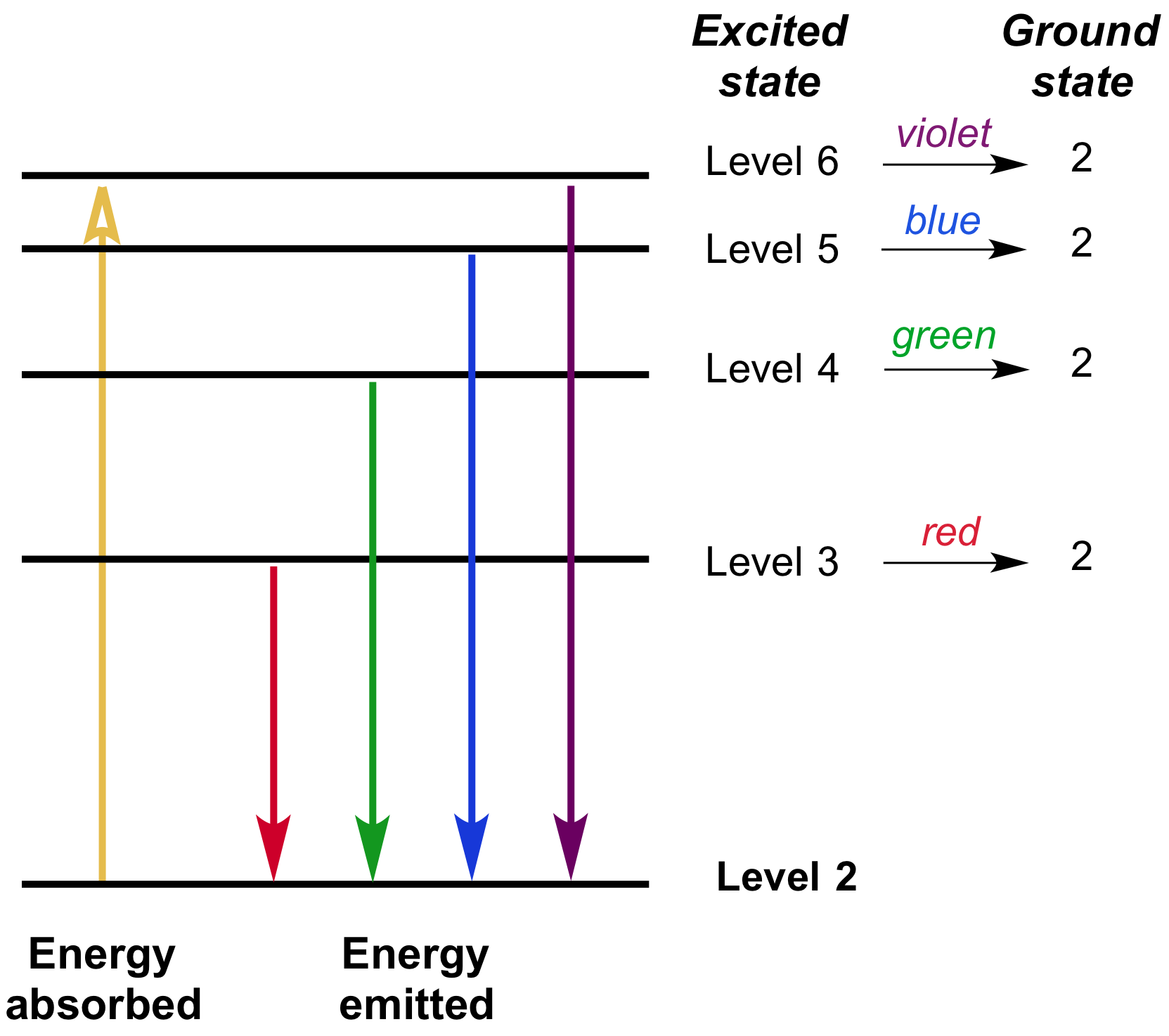
Light Emission: Exploring Photon Energy and Wavelengths

Light is an essential part of our universe, playing a crucial role in various scientific fields, including astronomy, physics, and environmental science. In the study of light emissions, the concept of spectrum flashing red is particularly significant, as it refers to the observable wavelengths emitted during specific phenomena like solar eclipses. Understanding light emission not only enhances our knowledge of the universe but also contributes to practical applications in technology and communication.
This article delves into the fascinating world of light emission, examining the intricacies of photon energy and the diverse wavelengths associated with it. By exploring the nature of solar emissions, the flash spectrum phenomenon, and the groundbreaking work of astronomer Charles Augustus Young, we aim to illuminate the importance of studying light emissions to gain deeper insights into our cosmos.
Understanding Light Emission
Light emission is the process by which energy is radiated in the form of electromagnetic radiation. This phenomenon happens when atoms or molecules transition between energy states and release energy in the form of photons. Each photon carries a specific amount of energy, which correlates with its wavelength. As we delve deeper into light emissions, we can begin to grasp the significance of different wavelengths and their roles in our understanding of the universe.
The Concept of Photon Energy
Photon energy directly relates to the frequency and wavelength of light. According to quantum physics, energy (E) can be expressed using the equation E = hν, where h is Planck's constant and ν (nu) is the frequency of the light. Alternatively, it can be expressed as E = hc/λ, where c is the speed of light, and λ (lambda) is the wavelength. This relationship highlights that as the wavelength increases, the photon energy decreases.
Understanding photon energy is crucial when examining various light emissions, including the spectrum flashing red observed during solar eclipses. This phenomenon provides unique insights into the composition and physical properties of solar gases, allowing for numerous scientific inquiries into the Sun's behavior and its impact on Earth.
Wavelengths and Their Significance
The wavelength of light is a key determinant of its characteristics, dictating everything from color to energy levels. The electromagnetic spectrum encompasses all wavelengths of light, ranging from radio waves to gamma rays. Within this spectrum, visible light occupies a small yet significant range, where different wavelengths correspond to various colors perceived by the human eye.
For instance, the red end of the spectrum represents longer wavelengths, while blue and violet correspond to shorter wavelengths. In the context of the solar eclipse and the spectrum flashing red phenomenon, scientists can detect specific wavelengths emitted from the Sun’s chromosphere. This data provides critical information regarding solar activity and the physical properties of solar gases.
The Nature of Solar Emissions
Solar emissions arise from complex processes occurring within the Sun's structure, including nuclear fusion in its core that produces energy in abundance. As this energy rises to the surface, it exits the Sun in the form of electromagnetic radiation, which fills the space around it. The solar atmosphere comprises different layers, including the photosphere, chromosphere, and corona, each emitting varying wavelengths.
During a solar eclipse, when the photosphere is obscured by the Moon, the flash spectrum reveals the chromosphere's properties as bright lines with different wavelengths emerge. Observing these emissions allows researchers to analyze the Sun's composition and physical state, enhancing our understanding of solar dynamics and their effects on Earth's environment.
The Flash Spectrum Phenomenon
The flash spectrum phenomenon is a captivating event that occurs when the intense brightness of the Sun is temporarily masked during a solar eclipse. As the Moon obscures the photosphere, the outer layers of the Sun become visible for a fleeting moment, displaying the spectrum of emitted light. This occurrence is particularly significant for researchers as it offers a unique opportunity to study the solar chromosphere's characteristics.
During these brief moments, scientists can detect lines in the spectrum associated with various elements present within the chromosphere. Each line corresponds to specific transitions of electrons within atoms, enabling researchers to infer composition, temperature, and density of the solar atmosphere. This data is invaluable in advancing our understanding of solar physics and its broader implications for space weather affecting terrestrial environments.
Historical Context: The Discovery by Charles Augustus Young
The history of the flash spectrum is closely intertwined with the pioneering work of American astronomer Charles Augustus Young. Young made significant contributions to solar physics, particularly during his observations of the 1870 solar eclipse. On December 22, that year, he first documented the phenomenon as he was captivated by the visibility of the chromosphere beyond the obscured photosphere.
Young utilized this rare opportunity to capture the bright spectral lines emitted from the upper layers of the Sun's atmosphere, providing foundational data that subsequently influenced the field of solar studies. His work established the basis for further examination of solar emissions and their implications for celestial phenomena.
Analyzing the Solar Chromosphere
Studying the solar chromosphere is of paramount importance in understanding the dynamics of solar emissions. The chromosphere acts as a transitional layer between the photosphere and corona, featuring temperatures that can reach up to 20,000 K. It is characterized by unique emissions that contribute to the observed flash spectrum during solar eclipses.
By analyzing the emissions from the chromosphere, researchers can discern a great deal about the processes taking place within it. For instance, specific spectral lines can provide insight into the abundance of elements such as hydrogen, calcium, and sodium, revealing temperature profiles and physical conditions within the solar atmosphere.
The Role of Eclipses in Studying Light Emission
The occurrence of solar eclipses serves as a pivotal event for studying light emissions, particularly the flash spectrum. During an eclipse, the Moon temporarily obscures the Sun, granting scientists a rare view of the solar atmosphere. This environment allows for the analysis of light emissions from layers that are usually hidden from sight.
Eclipses have historically been instrumental in advancing astronomical knowledge, providing opportunities to test theories, observe celestial phenomena, and refine instruments. The study of the flash spectrum during these events has made significant contributions to solar physics, deepening our understanding of electromagnetic radiation and its complex nature.
Conclusion: The Importance of Flash Spectrum Research
In conclusion, examining light emission through the lens of the flash spectrum offers profound insights into the physical state of the Sun and its atmosphere. The phenomenon observed during solar eclipses, particularly the spectrum flashing red, serves as a testament to the intricate relationship between electromagnetic radiation and astronomical events. Historical figures like Charles Augustus Young have laid the groundwork for current research, paving the way for future discoveries.
Understanding light emissions and their wavelengths not only enriches our knowledge of the cosmos but also informs related fields, such as astrophysics and heliophysics. As researchers continue to explore these phenomena, they enhance our comprehension of the Sun's influence on Earth and beyond. Flash spectrum research remains a vital area of study, crucial for grasping the intricate workings of our universe.
Did you find this article helpful? Light Emission: Exploring Photon Energy and Wavelengths See more here Education.
Leave a Reply






Related posts